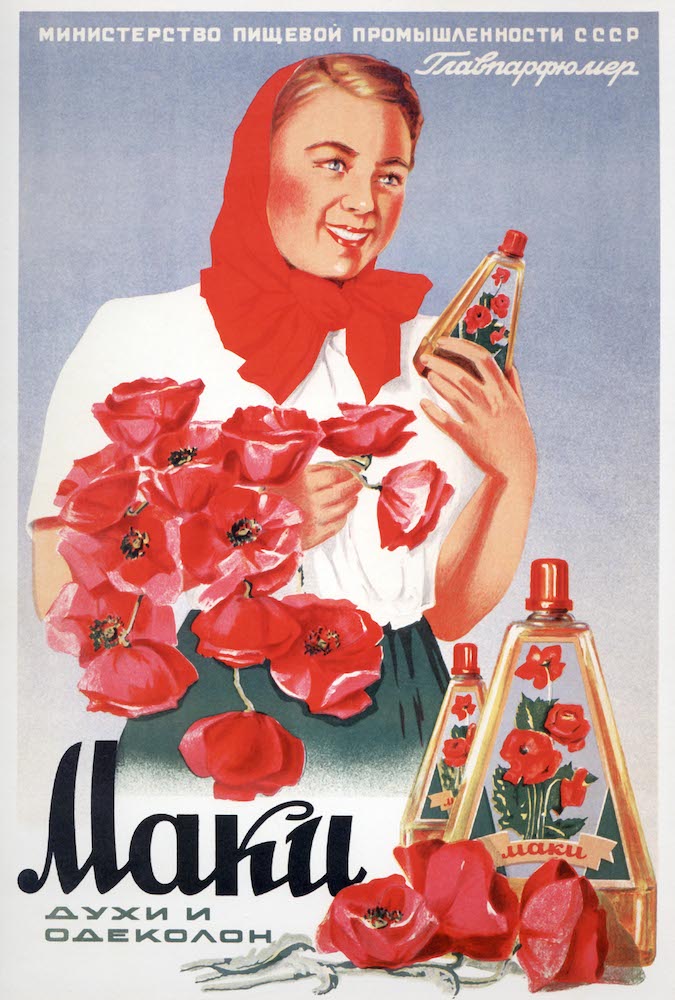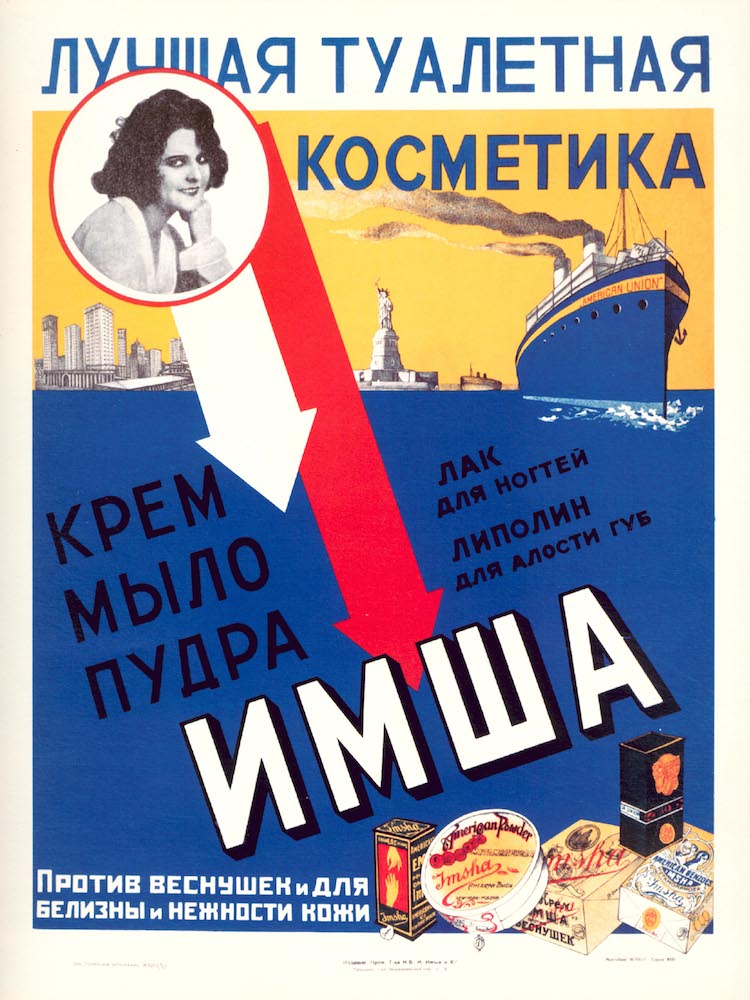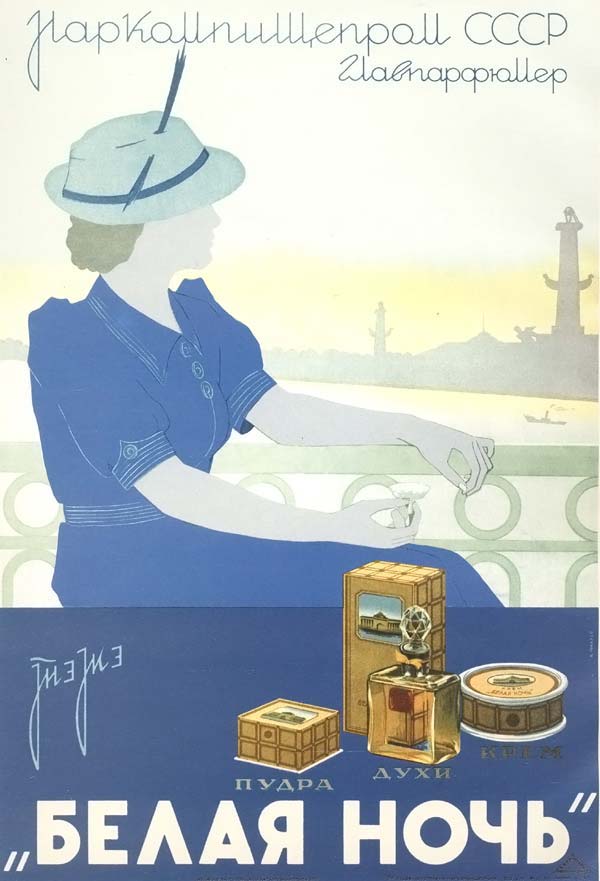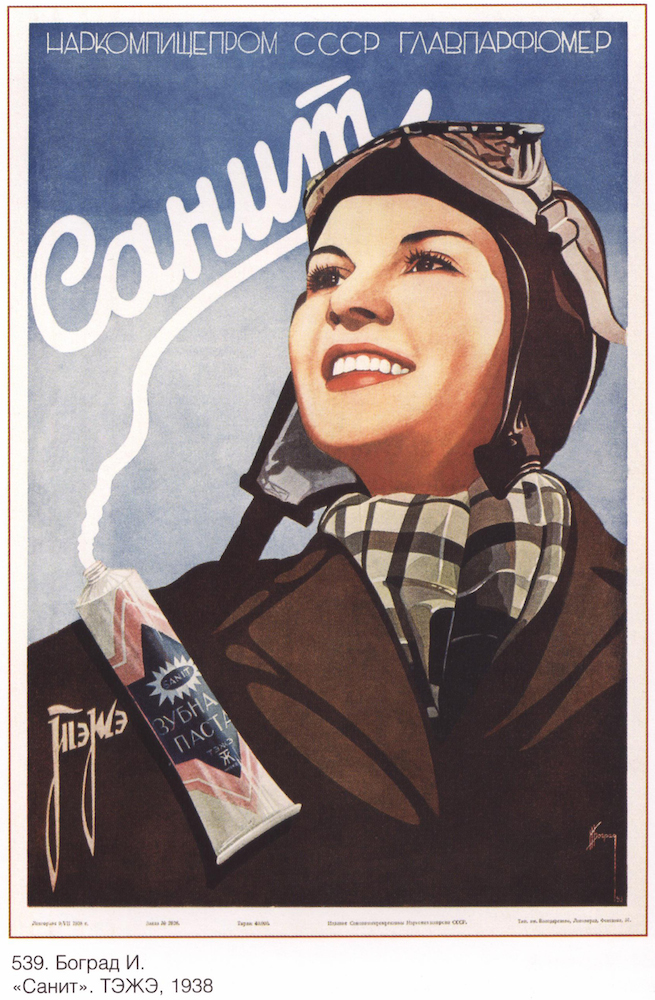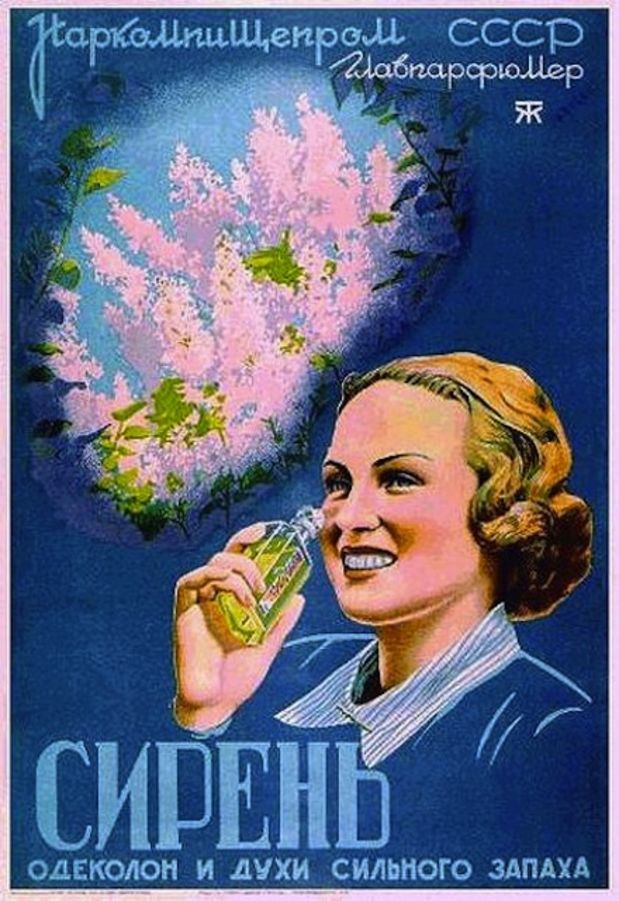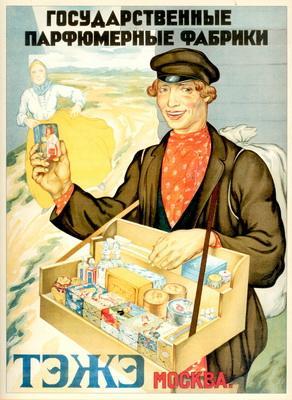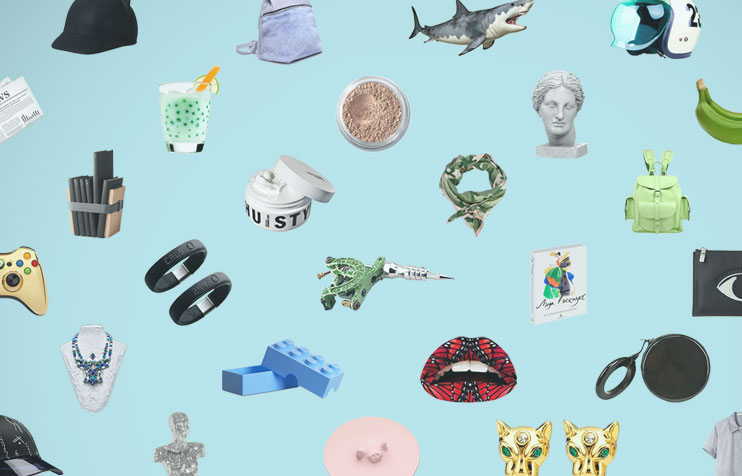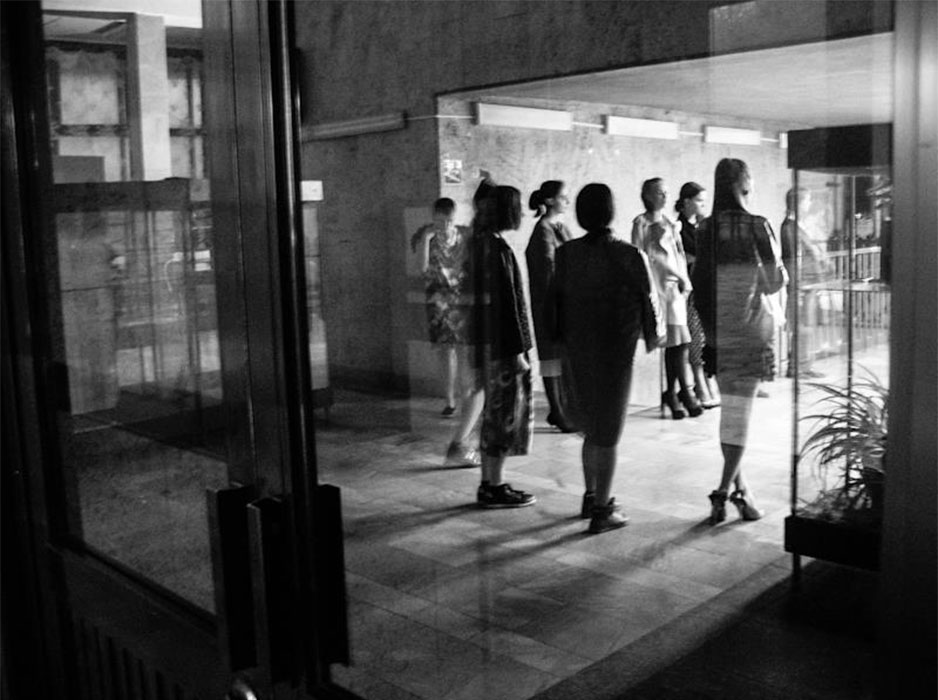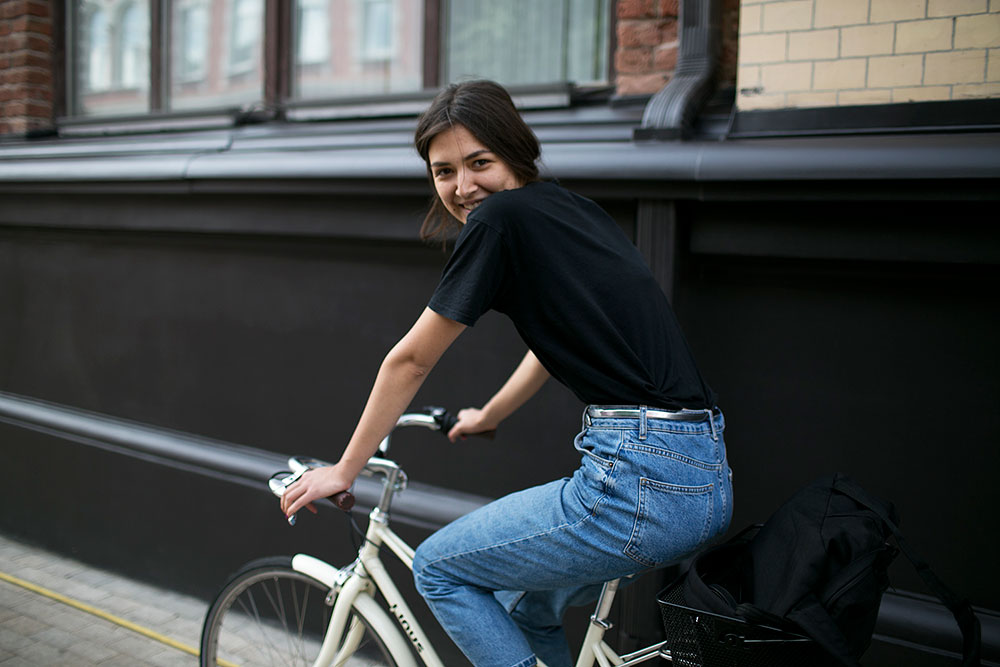Going rouge: a brief history of Soviet cosmetics
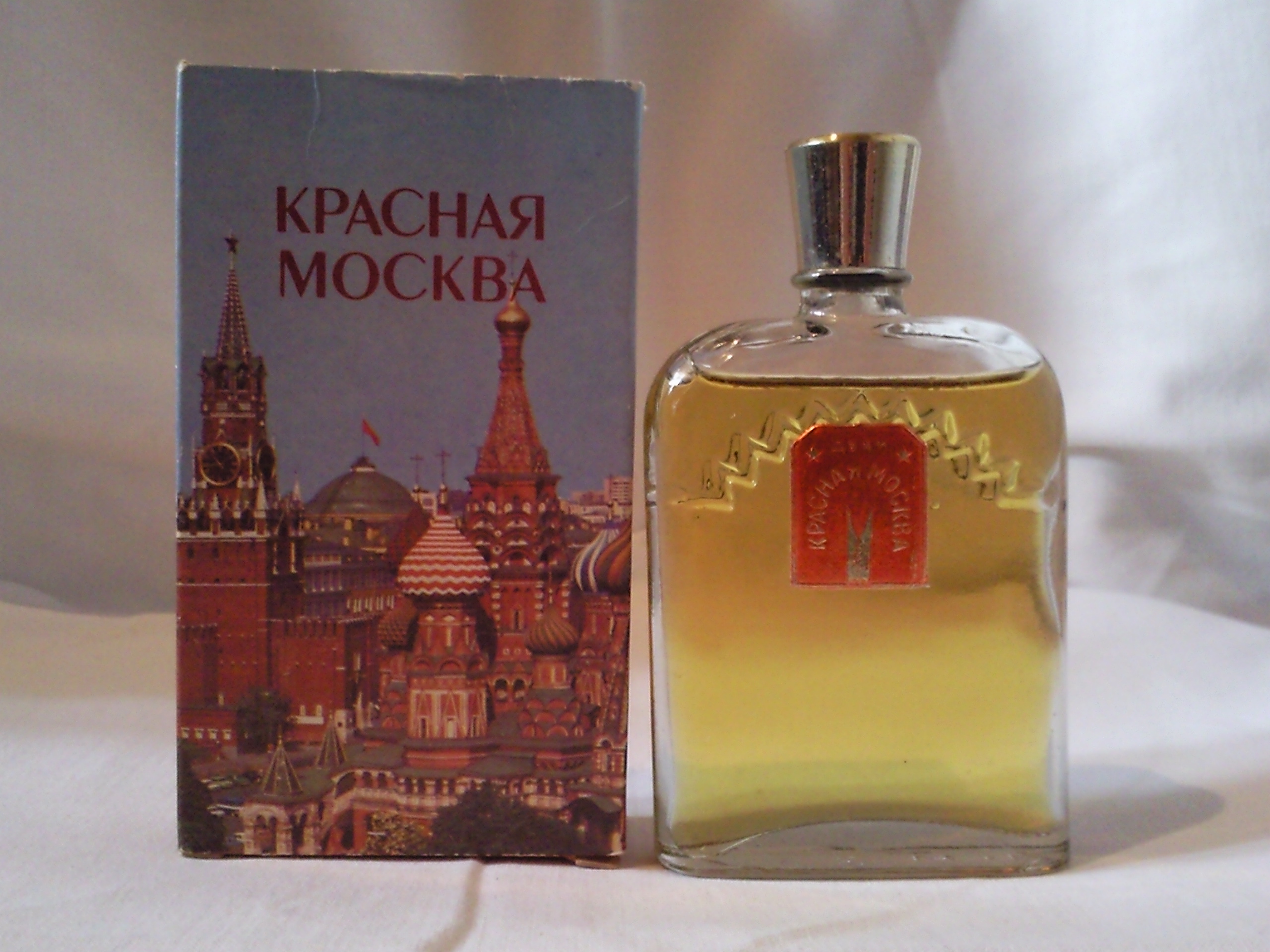
Beauty products and political ideology may not seem obvious bedfellows, but in the Soviet era, the two went hand in hand. Soviet perfume's still being made — and for many, the whiff of the past can be overpowering
As #NoMakeupSelfies flooded the internet in March this year, it was easy to forget that less than a hundred years ago, going bare-faced would have been the norm rather than the exception. Make-up was a rare commodity, especially in Russia, which was bedevilled by several wars and two revolutions in the first half of the 20th century. Nevertheless, a modest cosmetics industry emerged to take its place in the history of the USSR.
The story of Soviet cosmetics is characterised by political upheaval, beautiful design and a dash of the surreal. Special editions of perfumes, for example, were produced to celebrate the success of the kolkhoz, a form of collective farm in the USSR, while rumours abounded that Soviet spies were passing on secret formulas for cosmetics from US factories, making kiss-proof lipstick as important an issue as the arms race. Those in the industry faced numerous challenges — they weren’t just selling mascara to enhance the eyelashes of the newly socialist population, they were establishing a new code of hygiene for the poorest classes, supporting social equality and ensuring that Soviet ideology entered even this ostensibly apolitical arena.
Make-up is probably not the first thing that comes to mind when you think of the Soviet Union. But perfumes, hand creams and loose powders were as much a part of the empire as were party conferences, propaganda campaigns and five-year plans. In fact, cosmetics were an essential part of the second five-year plan (1933 to 1937), which was focussed, among other things, on consumer goods and social progress.
It’s difficult to imagine it now but at the beginning of the 20th century the arrival of make-up was a positive, democratising force for feminism. Up till then, make-up was only for women from wealthy families who could afford the products that were imported from Europe. The only others who wore make-up were a somewhat less glamorous bunch: actors and prostitutes. Despite this, beauty products were viewed as a luxury and sold largely in bigger cities such as St Petersburg and Moscow. The mass production and distribution of cosmetics handed women a modicum of control over their appearance.
In the wake of the 1917 Russian Revolution, an essential oils trust called TeZhe was established to produce and sell cosmetics and hygiene products. The trust’s first director, Polina Zhemchuzhina, former head of the Novaya Zarya perfume factory and wife of the prominent Soviet politician Vyacheslav Molotov, set the tone for the fledgling cosmetics industry. A Bolshevik, Zhemchuzhina had served in the Red Army before dedicating herself to building up the cosmetics industry, channelling her passionate political beliefs into the names of make-up products: Red Moscow and Leningrad, to name but two.
Perfumes, hand creams and loose powders were as much a part of the empire as were party conferences, propaganda campaigns and five-year plans
TeZhe was the first popular beauty brand in the Soviet Union, with shops everywhere (although mainly in Russia) selling soaps, creams, powders, mascaras, lipsticks and colognes. Zhemchuzhina was the first in the industry to add vitamins A, E and D to her cosmetics, making them both beautifying and also beneficial to health. To help with hygiene among the poorest social groups, TeZhe sold soaps for as little as one kopek, far below their factory price. Sales of more luxurious make-up products made up the financial shortfall. In fact, the brand became so popular that it even found its way into local folklore. An amusing ditty before the Second World War showed how the public was getting used to the mass use of make-up and the ubiquity of TeZhe products:
TeZhe on your eyes
TeZhe on your lips
TeZhe on your cheeks
Where am I supposed to kiss?
Krasnaya Moskva (Red Moscow) perfume continues to be one of the most recognised of all the Soviet classics, packaged in a bottle that resembles the Kremlin’s towers. The perfume’s origins are a mystery. Orginally called The Empress’ Favourite Bouquet, it was created in 1913 for Empress Maria Feodorovna, mother of Russia’s last emperor Nicholas II. After the 1917 revolution, the factory that created the scent was nationalised and the perfume renamed to erase all associations with the monarchy. It is rumoured that August Michel, the man who devised the recipe, fled Russia after the revolution and was later part of the team that created Chanel No. 5, thus explaining the striking resemblance between the two perfumes. Even though Krasnaya Moskva was the most popular perfume in the USSR, it was still considered a sophisticated scent. Other eau de colognes like Troynoy (Triple) boasted a different reputation — that of an alternative to alcohol at times of want. Numerous Soviet jokes featured Troynoy as the punchline: when someone was said to smell of Troyboy, it meant their breath reeked of it.

Many Soviet-era cosmetics were of a high quality. Today, there are American fans of Krasnaya Moskva who bulk-order boxes of the perfume to sell at indie stories across the US. Reviewers on Amazon describe it as “well-constructed and beautiful” and “very elegant, sophisticated and retro”. Then there’s Ballet cream, rich and moisturising, and with a powdery scent. Almost every perfume had a matching loose powder. Moisturising creams for children, such as Detskiy (Child) are still the first choice for tattoo care and damaged skin.
At a time of volatility for the rouble, such brands would be a way of saving money without having to cut back on beauty regimes. Although it’s unlikely that Soviet cosmetics will make a comeback any time soon, many contemporary brands — think Benefit, Andrea Garland and Paul & Joe — have captured their style and tone in the retro designs of their packaging. Soviet adverts for make-up are also experiencing a resurgence in popularity today. Designed in a variety of styles from Social Realism to Art Deco, each featured women from different social groups and with different styles and body types, a first for Russia. Design bloggers meanwhile have published whole galleries of vintage posters online, considering them more tasteful, feminist and culturally valuable than modern equivalents.
Foreign make-up was exciting and had the sacred appeal of being imported after decades of deficit and homegrown cosmetics
In Russia today, however, most companies strive to distance themselves from Soviet-era cosmetics, which still bear the burden of a dead empire. While Krasnaya Moskva may entertain the odd American make-up enthusiast, in Russia it evokes a sense of melancholy. Smell is after all a foolproof way to trigger memories: who wants to get a whiff of their old high-school headmistress who they only saw when they got in trouble? Who wants an eau de cologne that all the neighbourhood drunks smelled of? My own mother breaks out in a sneezing fit whenever she gets a sniff of Krasnaya Moskva or even Chanel No. 5. She says it makes her think of strict teachers and Communist Party workers. A friend hates the smell of Detskiy cream because her mother used to smother it on her face on gloomy winter mornings before taking her to school.
Since perestroika, the Soviet make-up industry has largely foundered, pushed out by big international brands. Solid Soviet-era mascaras — you had to spit into the tin before applying to your lashes — were soon replaced by liquid mascara with wands. Foreign make-up was exciting and had the sacred appeal of being imported after decades of deficit and homegrown cosmetics. The smell of perestroika and of freedom was imported along with the liberal ideology of the times. Although a wave of patriotism is currently sweeping across Russia, bringing with it many Soviet traditions and products, make-up has been left behind. If the last few factories still pumping out Soviet classics survive long enough, perhaps future generations will no longer associate Lancome’s Magie Noire with freedom and Krasnaya Moskva with their schooldays. Then, just possibly, Soviet make-up will make a comeback.
